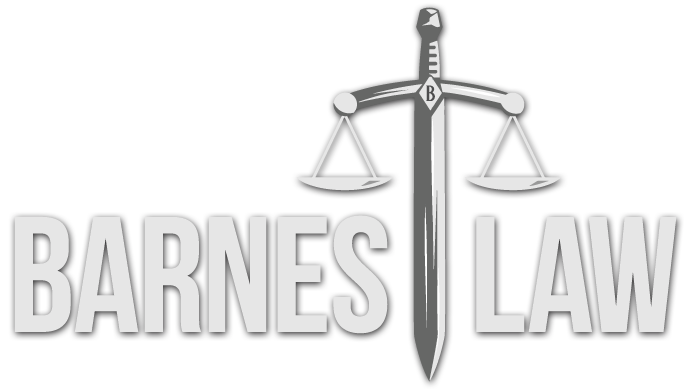PROBABLE CAUSE: WHAT IT MEANS AND HOW IT AFFECTS YOUR CIVIL RIGHTS
The Fourth Amendment of the U.S. Constitution requires that searches and seizures be “reasonable”.[1] Generally, a search or seizure is considered unreasonable unless based on probable cause. Based on circumstances that I’ll elaborate on below, some searches and seizures require less probable cause, while some require more. So what exactly is probable cause? Probable cause is established by a showing of a “fair probability” or “substantial chance” of criminal activity.[2] Thus, a better than 50/50 chance is arguably not even required. Probable cause must be based on objective (articulable) facts and circumstances. U.S. case law has placed the threshold of establishing probable cause somewhere between “more likely than not” but more than “bare suspicion” that criminal activity has occurred.[3] Thus, it surely is not quantifiable. The Supreme Court described the requirement of probable cause as “the best compromise that has been found for accommodating the often opposing interests of privacy and effective law enforcement.”[4] Having this restriction on law enforcement ensures that police only interfere with privacy when there is a good chance of finding evidence that protects our privacy.
Specifically for searches, probable cause is based on facts and circumstances warranting belief that the fruits, instrumentalities, or evidence of a crime is presently located at a specific place or will be at the particular time of a search. It’s important to note that probable cause to search includes a timing element not present when dealing with probable cause to seize, and therefore probable cause to search can go stale through passage of time.
For probable cause based on an informant’s tip, the U.S. courts had established a 2-pronged test. The first prong is called “basis of knowledge” and the second prong is called “veracity.”[5][6] The “basis of knowledge” prong asks how the information acquired the information. Factors used to establish first-hand knowledge of the informant includes the informant’s express claim that he has first-hand knowledge of the information 9which may or may not be a reliable claim). The “veracity” prong asks whether the informant should be believed in the first place. For example, showing that an informant provided accurate information on 10 previous occasions is some evidence of truthfulness.
Finally, case law evolved over time and the majority test now is called the “totality of circumstances” test to determine whether probable cause exists based on an informant’s tip. While the informant’s veracity and basis of knowledge are still highly relevant considerations, a finding of probable cause does not require demonstration of both prongs.[7] In other words, a deficiency in one prong may be compensated for by a strong showing as to the other prong.
As you can see, the law on establishing probable cause is a very gray area that consists of circumstances and factors that may cause different judges or people to come to different conclusions. Thus, if you believe your or a loved one’s Fourth Amendment rights have been violated because there was no probable cause to justify a search or seizure that resulted in incriminating evidence being used against you or that loved one, call a civil rights lawyer immediately to determine your rights, as that evidence may be excluded if there indeed was no probable cause.
--Ara M. Baghdassarian is an associate attorney with Barnes Law, licensed to practice law in California.
The opinions expressed are those of the author and do not necessarily reflect the views of the firm, its clients, or any of its or their respective affiliates. This article is for general information purposes and is not intended to be and should not be taken as legal advice.
[1] Related Reading: http://www.barneslawllp.com/consent-how-many-americans-unknowingly-give-up-their-civil-rights/; http://www.barneslawllp.com/the-warrant-requirement-for-searches-and-how-to-use-it-to-protect-your-civil-rights/; http://www.barneslawllp.com/i-came-i-saw-i-maybe-violated-your-civil-rights/
[2] Illinois v. Gates, 462 U.S. 213 (1983); https://www.law.cornell.edu/supremecourt/text/462/213
[3] Brinegar v. United States, 338 U.S. 160 (1949); https://www.law.cornell.edu/supremecourt/text/338/160
[4] Id.
[5] Aguilar v. Texas, 378 U.S. 108 (1964); https://supreme.justia.com/cases/federal/us/378/108/case.html
[6] Spinelli v. United States, 393 U.S. 410 (1969); https://supreme.justia.com/cases/federal/us/393/410/
[7] Illinois v. Gates, 462 U.S. 213 (1983); https://www.law.cornell.edu/supremecourt/text/462/213
